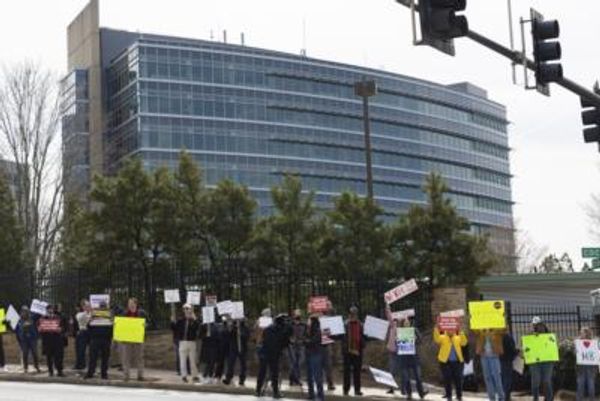Lightning might never strike twice, proverbially at least — but earthquakes certainly do.
Adelaide has twice been rattled by notable tremors in the past month alone.
Cue the obligatory gifs of garden chairs falling over and memes with the words "We Will Rebuild".
But, flippancy aside, it's a bit unusual for Adelaide to have earthquakes in close succession.
One senior seismologist has referred to a "cluster of events", and says there are several factors at play.
Whose fault?
Well, it's actually the faults.
Last night's tremor occurred just after 7pm and registered at magnitude-2.9 on the Richter scale, with an epicentre near Mount Barker in the Adelaide Hills.
It occurred about three weeks after a magnitude-3.7 and magnitude-2.5 aftershock, again near Mount Barker.
The Adelaide area is riddled with various fault lines, which stretch from the Mount Lofty Ranges across the northern and southern suburbs.
GeoScience Australia seismologist Jonathan Bathgate said those faults had triggered the "cluster of events" of recent weeks.
"There are a number of known faults through this region," he told ABC Radio Adelaide.
"The movement of the fault is actually rocks moving, so that sudden movement of the rocks generates that [rumbling] noise."
Dr Bathgate said while the latest tremor was the second to attract attention in recent weeks, there had actually been several more, of varying magnitude.
"There's been quite a bit of activity over the last month — this is the fifth event so far this month," Dr Bathgate said.
"[It's] probably one of the most active parts of the country — this area through Adelaide to the Flinders Ranges, along with the Gippsland area in Victoria and the south-west of Western Australia are probably the three most active parts of the country, seismically."
It's all about stress relief
Adelaide's most significant quake in recorded history occurred on March 1, 1954.
It caused significant damage, shattering windows and causing public buildings and homes to partially collapse.
"In 1954 there was a magnitude-5.4 in the centre of Adelaide so there's certainly potential for larger earthquakes in the area," Dr Bathgate said.
Dr Bathgate said the latest quake had triggered more than 2,500 reports to the National Earthquake Alerts Centre in Canberra.
But the causes of the tremor are as much global as local — Dr Bathgate said Australia's continental drift has flow-on effects that impact local seismology.
"Australia is moving north at about 7 centimetres every year. We're colliding with our neighbours, the tectonic plates to the north and to the east," he said.
"We sit in the middle of the plate and all of those stresses get transferred to the rocks within the plate and we get movements along these fault lines.
Shaken, not stirred
In 2012, six Italian scientists were jailed after being found guilty of manslaughter for underestimating the risks of a deadly earthquake in the town of L'Aquila three years earlier.
The trial caused shock waves through, and exposed chasms within, the seismological community — while thousands signed a letter in support of their beleaguered colleagues, others believed they had negligently downplayed the risks.
Dr Bathgate said that "earthquake forecasting" remained an inexact science but advised Adelaideans to expect further tremors in the weeks ahead.
"That's what we're really trying to work on. We're not at the stage yet where we can certainly predict earthquakes to a certain point in time," he said.
"Our effort goes into preparing the community to live with earthquakes like this and build appropriately.
But because Australia is in the middle of, rather than riven by, any major continental fault lines, its seismological history is free of the massive quakes that have devastated countries including New Zealand, Japan, Indonesia, Chile and the United States.
"We had a magnitude-6 in 2016 in central Australia," Dr Bathgate said.
"That generated a 20-kilometre long fault scarp in the landscape, but it was in the middle of the desert."







